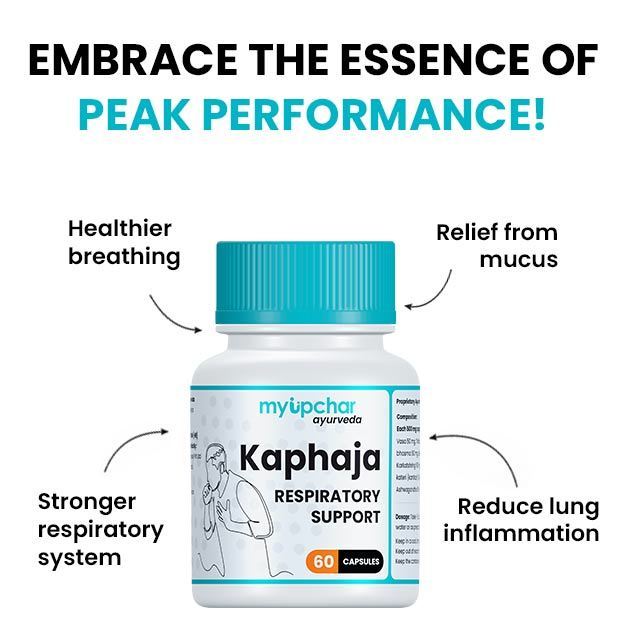Twenty-two of the world’s 30 most polluted cities are in India, according to a 2018 Greenpeace survey. , With all kinds of pollutants affecting both children and adults, asthma cases are also on the rise in Indian cities: one in 10 asthmatics globally lives in India.
Narrowing of air passages or bronchi in the lungs leads to the chronic breathing disorder called asthma. Asthma can also be passed on genetically.
The condition may be triggered by various activities like smoking, heavy exercise and taking certain medicines, and by things such as pollen allergy, allergy to insect droppings, dust allergy, allergy to the fur of a pet at home, infections, pollution, or even changes in the weather.
Since asthma is a lifelong disorder without any cure, it is managed through a combination of treatments that include medications, light exercise and making appropriate lifestyle changes.
Exercising is listed as an irritant that triggers asthma, but doctors do recommend light exercises to strengthen the breathing muscles as well as building stronger immunity.


































